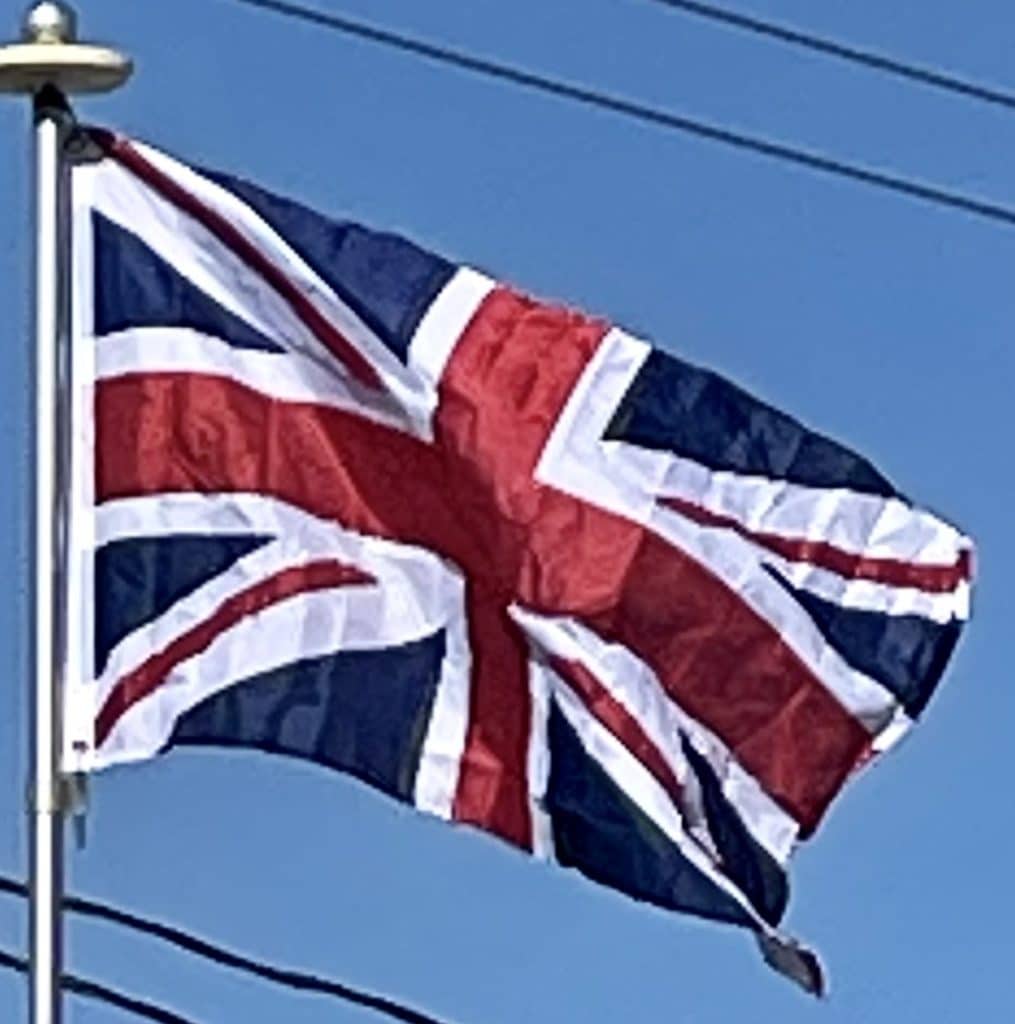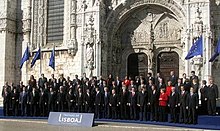

United Kingdom

The UK was the third country to develop a nuclear weapons arsenal (with its first atomic bomb test, Operation Hurricane, in 1952), but the new post-war limits of Britain’s international role were illustrated by the Suez Crisis of 1956. The international spread of the English language ensured the continuing international influence of its literature and culture. As a result of a shortage of workers in the 1950s, the government encouraged immigration from Commonwealth countries. In the following decades, the UK became a more multi-ethnic society than before. Despite rising living standards in the late 1950s and 1960s, the UK’s economic performance was less successful than many of its main competitors such as France, West Germany and Japan.
In the decades-long process of European integration, the UK was a founding member of the alliance called the Western European Union, established with the London and Paris Conferences in 1954. In 1960 the UK was one of the seven founding members of the European Free Trade Association (EFTA), but in 1973 it left to join the European Communities (EC). When the EC became the European Union (EU) in 1992, the UK was one of the 12 founding member states. The Treaty of Lisbon, signed in 2007, forms the constitutional basis of the European Union since then.
From the late 1960s, Northern Ireland suffered communal and paramilitary violence (sometimes affecting other parts of the UK) conventionally known as the Troubles. It is usually considered to have ended with the Belfast “Good Friday” Agreement of 1998.
Following a period of widespread economic slowdown and industrial strife in the 1970s, the Conservative government of the 1980s under Margaret Thatcher initiated a radical policy of monetarism, deregulation, particularly of the financial sector (for example, the Big Bang in 1986) and labor markets, the sale of state-owned companies (privatization), and the withdrawal of subsidies to others. From 1984, the economy was helped by the inflow of substantial North Sea oil revenues.
